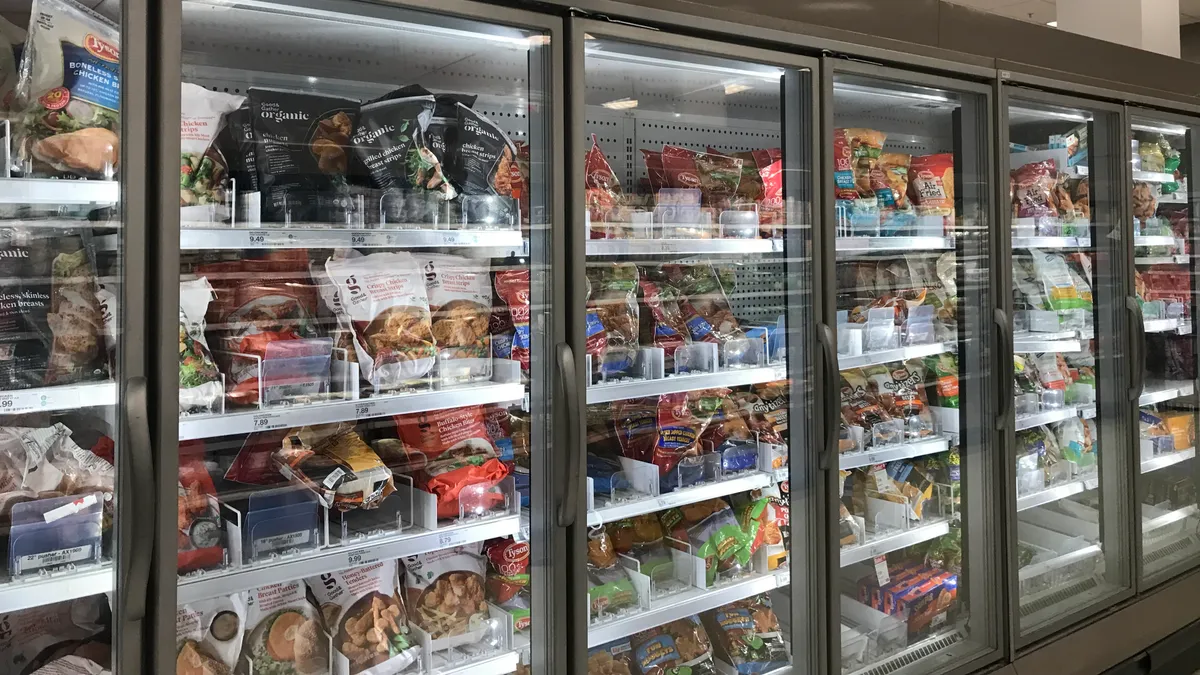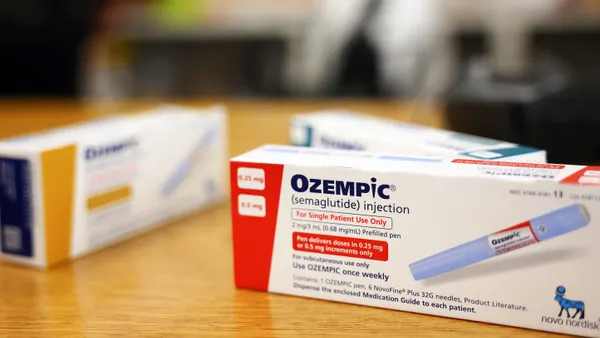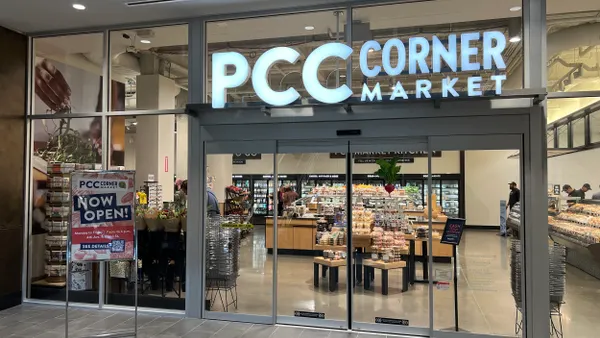Dive Brief:
- Since inflation ramped up food prices, nearly one-third of surveyed grocery shoppers claim they have bought less frozen foods, according to a new report from Advantage Solutions, a business solutions provider. For the next three to six months, nearly 20% said they plan to buy fewer frozen food items, 71% don’t foresee a change in purchasing and 10% expect to buy more.
- Consumer sentiment about the quality of frozen foods in comparison to their fresh or canned counterparts varies widely, the report, which is based on a survey of 1,000 U.S. grocery shoppers, noted.
- “Frozen foods have a better reputation as ‘a good value,’ though, with half of surveyed grocery shoppers saying so. More than four in 10 agree frozen foods are less costly than their fresh counterparts (two in 10 disagree with this sentiment) and a similar percentage agree they are ‘less wasteful,’” the report noted.
Dive Insight:
After heating up grocers’ sales earlier in the pandemic, consumer interest in frozen foods has started to thaw.
While the Advantage Solutions report validates frozen foods’ long-standing reputation as meal offerings tied to convenience and ease, the report spotlights how quality is a thorny issue when it comes to consumer perception.
Frozen foods also scored well in consumer perception of in-stock availability, experimentation with international flavors and meeting dietary restrictions, such as vegan, gluten-free and organic. In a surprising finding, 43% of surveyed shoppers said they view frozen foods as less wasteful compared to their fresh counterparts, while less than 20% claimed they are more so.
For frozen foods overall, half of surveyed consumers said they aren’t on par with restaurant meals, while less than a quarter (22%) said they are.
Given frozen foods’ reputation as cost-effective meal offerings, it’s unclear from the report how inflationary pressures have influenced consumer sentiment toward food stowed in freezers. The report seems to indicate that consumer perception around ingredients and healthiness, though, could be a factor. Half of the consumers surveyed said they somewhat or strongly agree that frozen foods have a lot of preservatives and sodium, while only 14% disagreed — perhaps a key indicator of what is driving unfavorable views of the frozen aisle.
Consumer reviews of frozen food get especially mixed at the category level. While only one-third of people surveyed by Advantage Solutions say frozen foods are the same or better quality as fresh counterparts, nearly half said the same for fruits and vegetables specifically. More than half said frozen fruits and vegetables are on par with the quality of canned options. Only one-fourth view frozen dinners, snacks and entrees as nutritious as freshly made options.
As for how consumers shop the frozen aisle, Advantage Solutions found many stereotypical shopping behaviors, including choosing frozen items for dessert and seeking out value-priced or store-brand products.
However, consumers are seeking more than just the mainstream perception of frozen TV dinners, with a roughly equal percentage of respondents claiming they are just as likely to buy an entree as they are a side dish from the freezer section.
More respondents claim they buy frozen foods as lunch solutions than as a dessert option with breakfast being the least common daypart for frozen food purchases, per the report.
For surveyed customers who said they expect to buy more frozen foods in the coming months, convenient meal offerings, such as pizza, breakfast foods, single-serve items, multi-serving dinners and frozen versions of items typically bought in the fresh department, such as vegetables, meat and fruit, are popular items on their shopping lists.
Grocers and CPGs have made efforts in recent months to boost their frozen offerings. Last summer, United Natural Foods, Inc. included flash-frozen offerings among its new meal solutions for grocers looking to supply fast, restaurant-quality meal choices. Nestlé has been ramping up its efforts to become a bigger presence in the thaw-and-eat space, which it first entered last May with a Deliwich.












